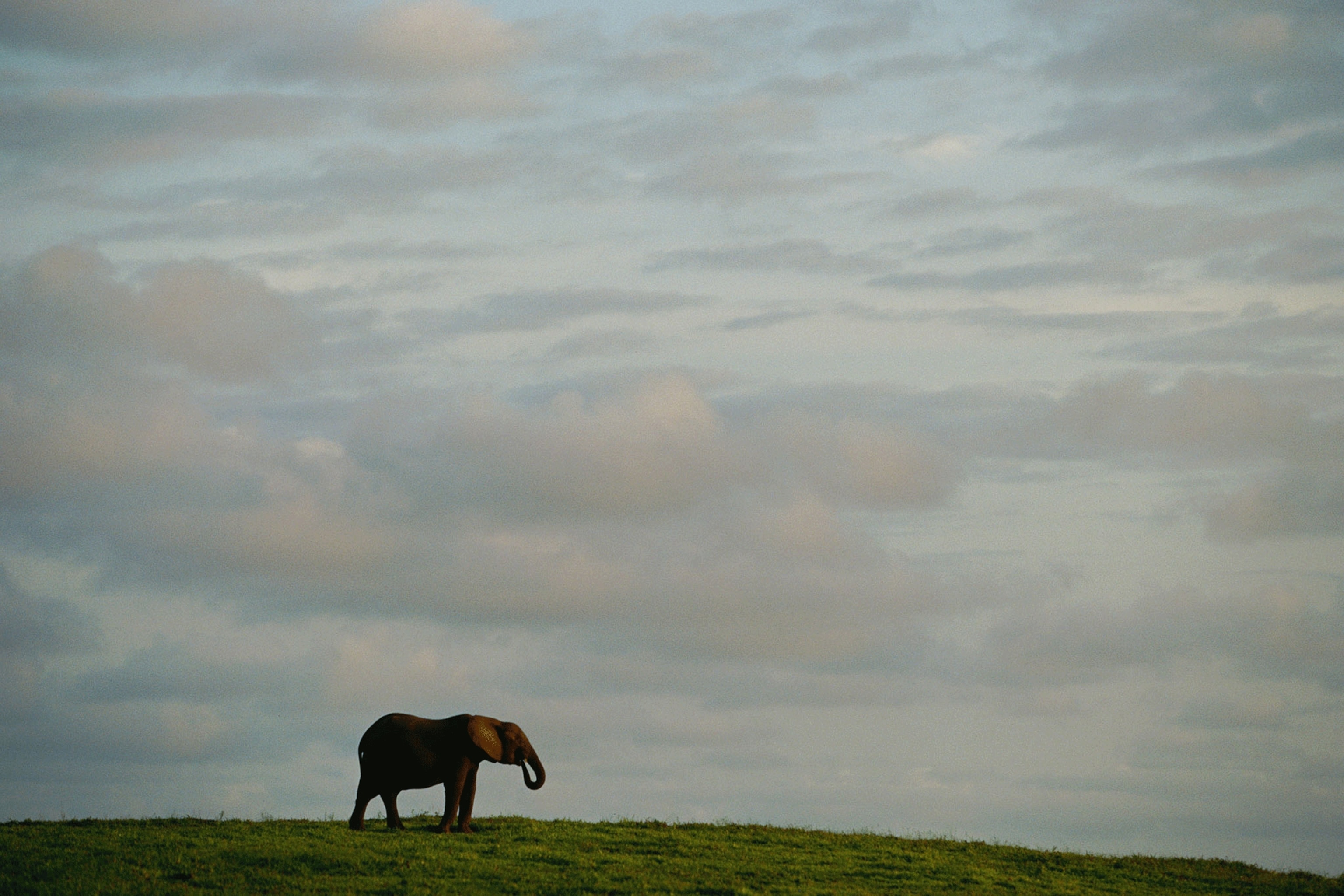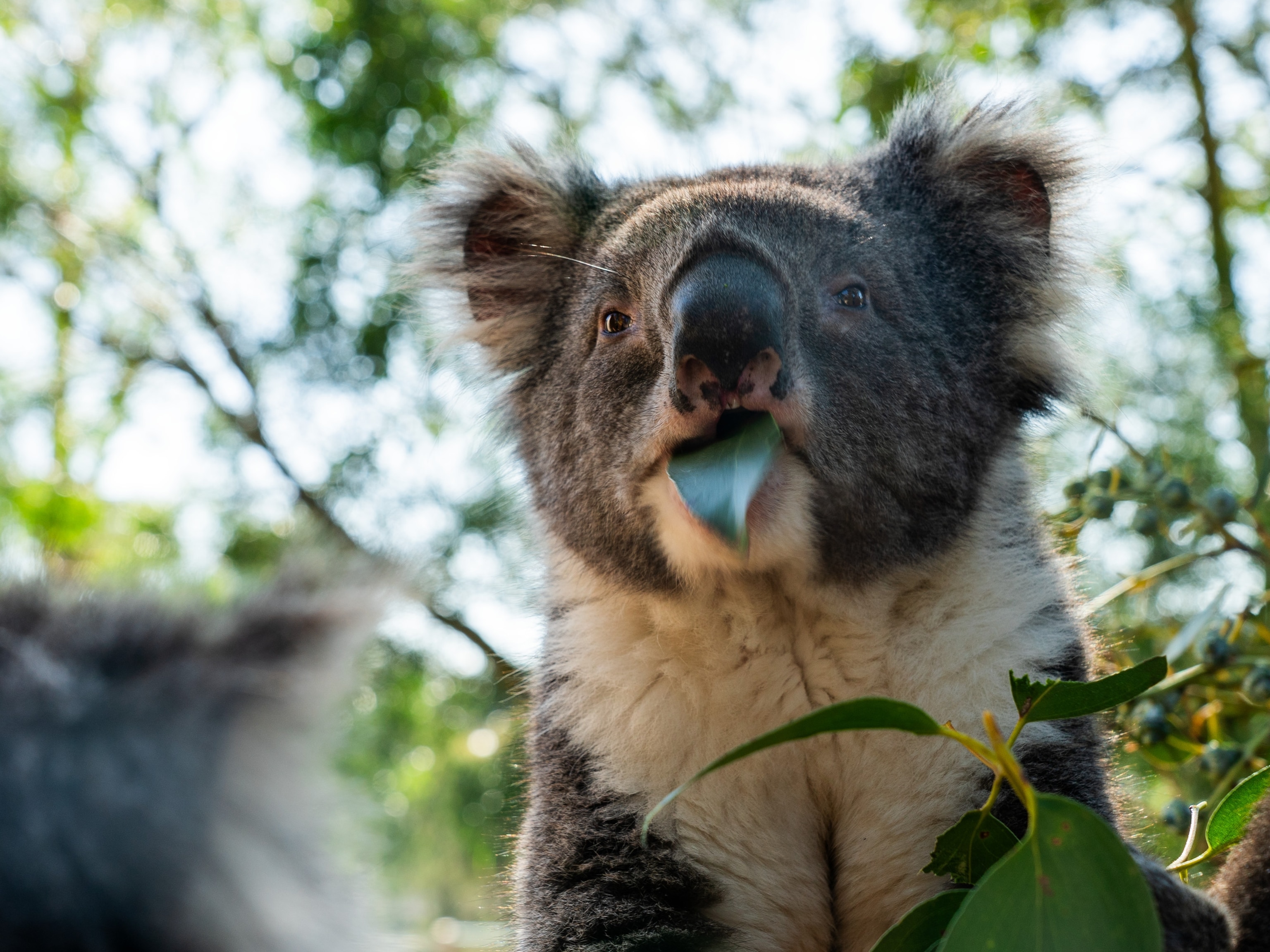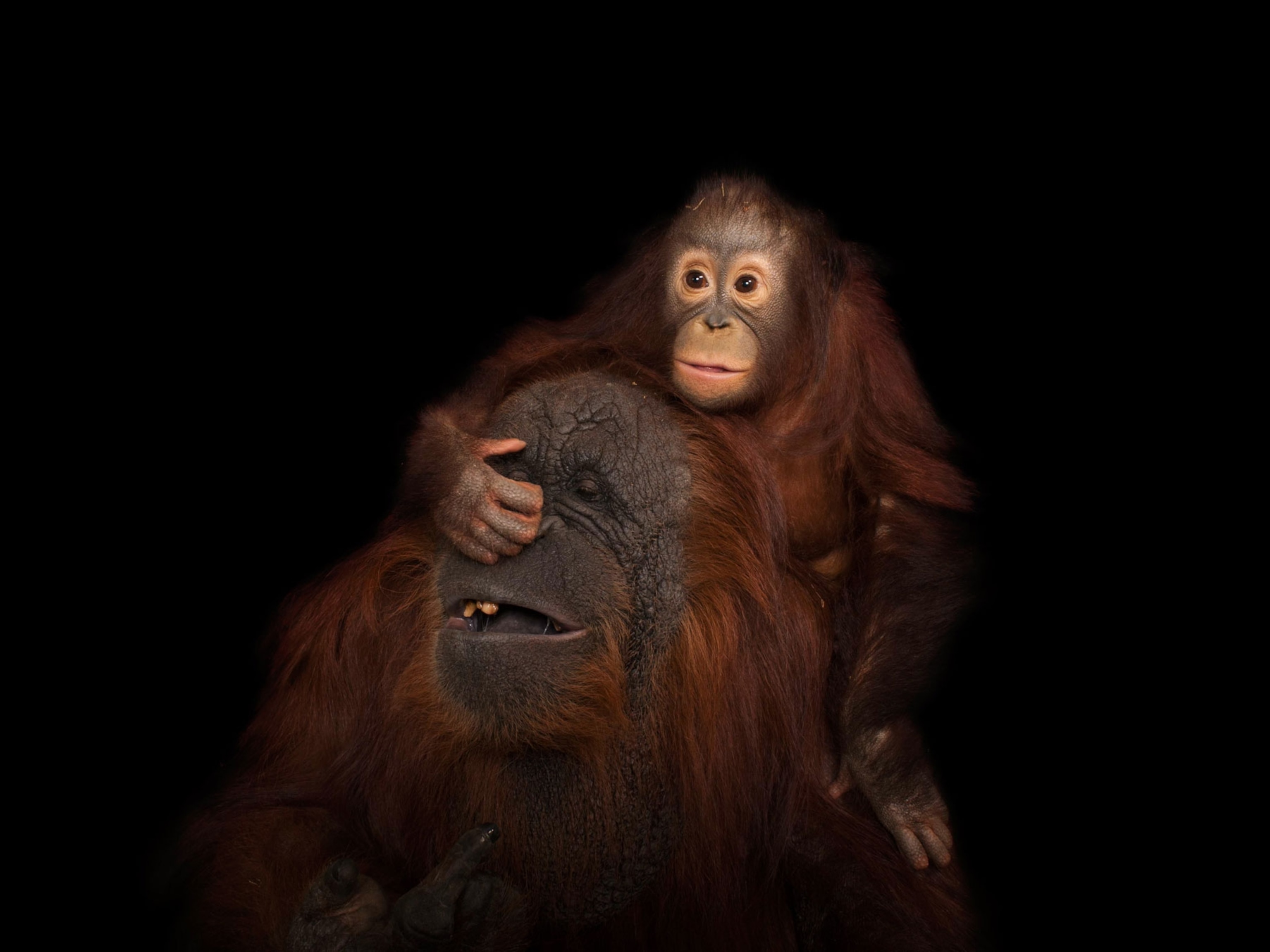Can an elephant survive without its trunk?
Unfortunately for one calf in South Africa’s Kruger National Park, this is not a hypothetical question. It’s an experiment that’s unfolding in real-time.
Images and video this week show an elephant calf with a short stump where its versatile appendage used to be. No one knows for sure what lopped the trunk off—be it a predator or a snare—but the loss is not one to take lightly.
An elephant’s trunk, also known as a proboscis, can be used to breathe, bathe, transport water to its mouth, and grasp objects for eating. As an adult, an elephant’s trunk is capable of lifting more than 700 pounds, thanks to an array of some 40,000 muscles. (For reference, humans have just over 600 muscles in our entire bodies.)
Trunks are also frequently used for social contact, says George Wittemyer, an elephant expert at Colorado State University.
Combine all of these uses and Wittemyer says it’s “highly unlikely” that the calf will make it to adulthood.
But Joyce Poole, a National Geographic explorer and co-founder of ElephantVoices—an organization devoted to studying and advocating for the animals—isn’t ready to give up hope just yet.
“It looks like that wound has healed,” says Poole. “So it’s had it for a while and is in very good condition. The calf is not thin, so it is getting enough nutrition somewhere.”
An All Too Common Sight
Unfortunately, this calf’s plight is not unique.
“It’s pretty common in areas where there is snaring going on,” says Poole. “For instance, in [Gorongosa National Park in Mozambique], there are quite a few elephants missing the ends of their trunks. And some even half their trunks.”
While the snares are typically meant for smaller animals that are hunted for their meat or hides, elephants and other large animals often become entangled in them by mistake, and this problem threatens wildlife throughout Africa.
“Trunks that are caught in snares tend to be severed,” says Wittemyer.
“Legs caught in snares tend to have the snare [still embedded in] the leg,” he says, as they cannot cut through the bone. (Related: Baby Asian elephants are being crippled by snares.)
Lions, Hyenas, and Crocs
While a snare seems most likely, these experts agreed that the calf may have fallen victim to one of the many predators present in the Kruger. After all, elephants grow up surrounded by hungry mouths.
In the Maasai Mara, for example, Poole knows of numerous elephants who have lost their tails to hyenas. As for the trunk, Poole says, it’s possible a crocodile took it. But because of the way the reptiles barrel-roll when they latch onto prey, she’s not sure the wound matches up. In such a case, it would probably look more ragged and less clean.
While the calf’s lack of a trunk is the worst Poole has seen, other elephants have shown a remarkable adaptability toward dealing with similar injuries. This includes only eating leaves found at head level, kneeling down to drink, and even looking for a helping hand—or trunk, as it were.
While Poole has never seen it herself, she says there are credible reports of adult elephants with trunk injuries receiving food from other adults. And in one other case which she was not able to verify, an elephant is also said to have used its own trunk to squirt water into a maimed herd-member’s mouth.
“I guess the bottom line is, we shouldn’t assume that that calf isn’t going to make it,” says Poole.

















